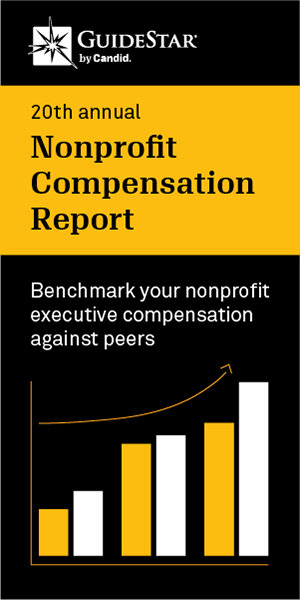IUCN Red List of Threatened Species

Mission: To inform and catalyze action for biodiversity conservation and the policy changes that are critical to protecting the natural resources humans need to survive.
Background: Established in 1964, the International Union for Conservation of Nature's Red List of Threatened Species is a critical indicator of the health of the planet's biodiversity. The world's most comprehensive information source on the conservation status of animal, fungi and plant species, the list provides information about the range, population size, and habitat of, as well as threats to, tens of thousands of species, and lists actions that can help inform needed conservation policies and decisions.
Outstanding Web Features: There are over 105,700 species included in the Red List, over 95,000 of which are well documented and 28,000 of which are threatened with extinction, including 40 percent of all amphibian species, 34 percent of conifers, 33 percent of reef building corals, 25 percent of mammals, and 14 percent of birds. Sometimes referred to as the Barometer of Life, the list assesses the various pressures affecting species and highlights where and what actions need to be taken to save these vital building blocks of nature from extinction. The list classifies risk of global extinction into nine categories — Not Evaluated, Data Deficient, Least Concern, Near Threatened, Vulnerable, Endangered, Critically Endangered, Extinct in the Wild, and Extinct — and details the assessment process each species goes through prior to its inclusion on the list. Visitors to the site also can learn more about regional Red List assessments, download spatial data for three-quarters (81,000+) of the species on the list, stay abreast of the latest species extinction news from IUCN, review a list of additional resources and publications, and/or find out how to help IUCN meet its goal of assessing 160,000 species by 2020.





